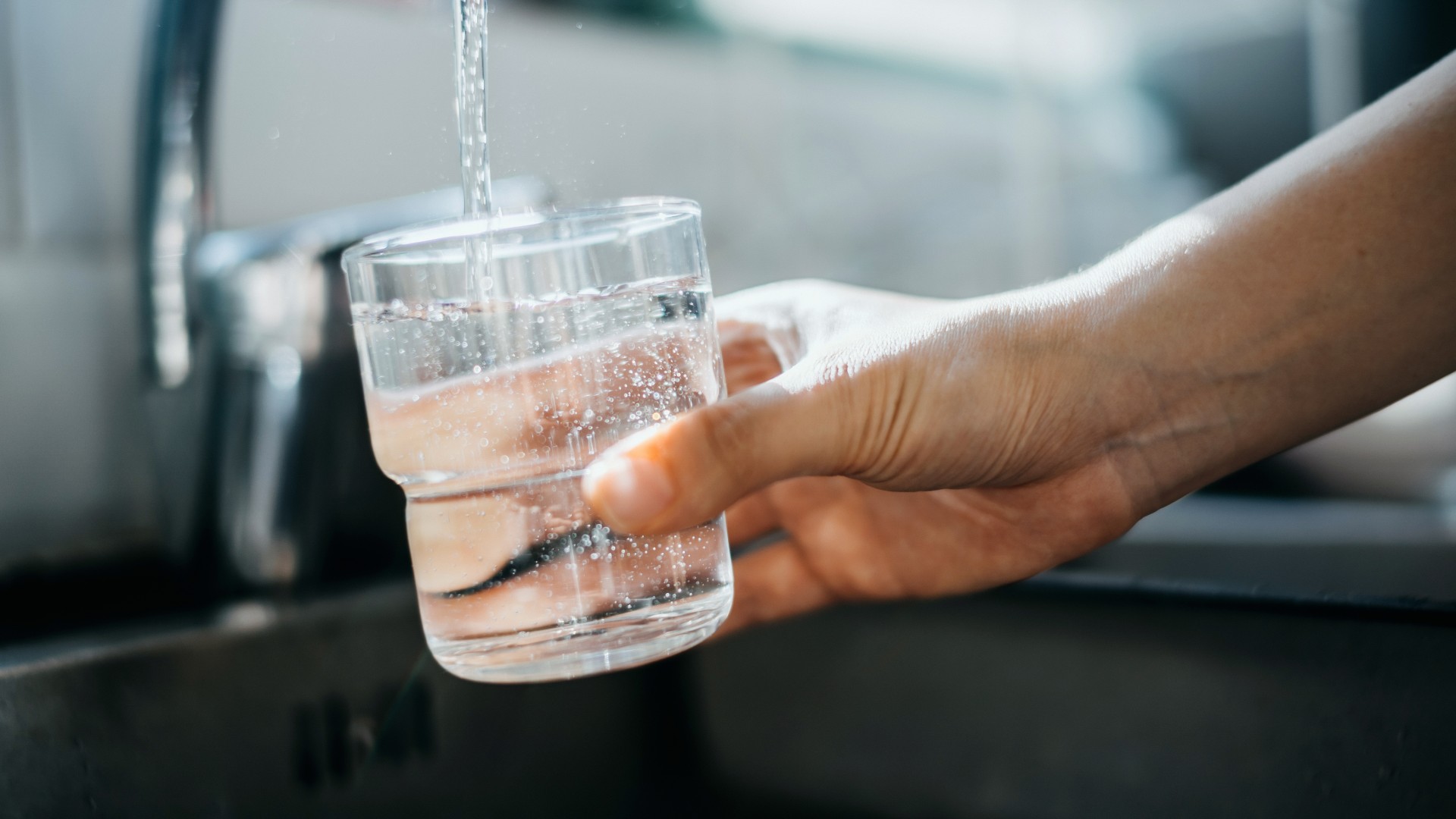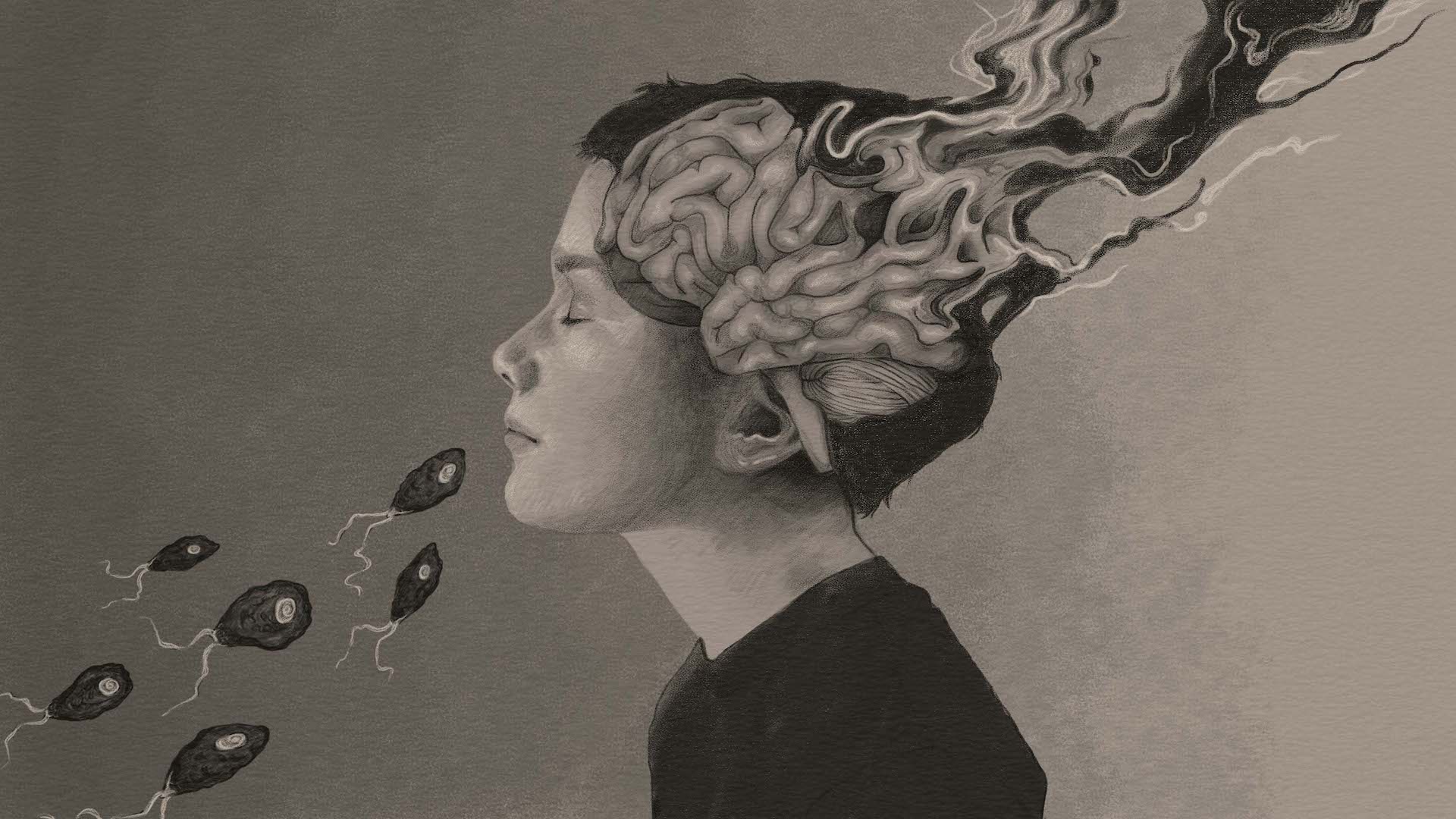Can you get a brain-eating amoeba from tap water?
In the U.S., tap water is generally safe and not a likely source of brain-eating-amoeba infections, experts told Live Science.

Brain-eating-amoeba infections are extremely rare, but when they do strike, they are almost always deadly, killing around 97% of victims.
Such infections are caused by free-living amoebas, such as Naegleria fowleri, which usually lives in soil and warm fresh water, such as lakes, ponds and hot springs.
If water contaminated with N. fowleri gets into the nose — for example, when someone dives or jumps into water — these amoebas can travel via the olfactory nerve to the brain. There, they begin destroying brain tissue, triggering inflammation that can cause a condition called primary amoebic meningoencephalitis (PAM). Patients with PAM normally end up in a coma and die within five days after their symptoms begin.
Related: Rare 'brain-eating' amoeba infection behind death of 2-year-old in Nevada
But can you acquire a brain-eating-amoeba infection from tap water?
The short answer is no — assuming the tap water is properly disinfected.
"Tap water is an almost-unheard-of source of these infections," Dr. William Schaffner, a professor of preventive medicine at Vanderbilt University Medical Center in Tennessee, told Live Science. That's because conventional tap water from your city or community water supply is usually filtered and treated with chlorine, he said. Indeed, one part per million of free chlorine is enough to kill 99.9% of the amoebas in water within nine minutes.
Sign up for the Live Science daily newsletter now
Get the world’s most fascinating discoveries delivered straight to your inbox.
However, there are a couple of exceptions. People who use neti pots to rinse their noses, for instance, may accidentally contaminate the tap water they add to it if their fingers have residual bits of dirt that contains the amoebas. If the pot isn't thoroughly cleaned before use, they may end up inhaling this contaminated water up their nose.
Additionally, in rural areas, people may get their water from wells that are untreated. Again, if they then use a neti pot, or forcefully inhale this untreated water, N. fowleri may get into their nose and lead to infection, Schaffner said.
There have been cases in the U.S. where people have gotten brain-eating-amoeba infections via tap water, Dennis Kyle, director of the Center for Tropical and Emerging Global Diseases at the University of Georgia, told Live Science. However, this is usually because the water was not properly chlorinated, he said.

'Brain-eating' amoeba infections are nearly always fatal. But could new treatments change that?
Read more:
—7 scary diseases you can get from the water
—'Brain-eating' infections could become more common, scientists warn
—This is what it's like to treat a 'brain-eating' amoeba infection
Elsewhere in the world — for example, in Pakistan — there have been reported cases of people being infected with N. fowleri after cleaning their nose with contaminated water during ritual ablutions, or cleansing ceremonies, Kyle said.
"There's so much we don't know about these amoebae that we really have to learn: better tests for diagnosis and more effective drugs," he added. "But tap water should be safe if it's properly chlorinated."
This article is for informational purposes only and is not meant to offer medical advice.
Ever wonder why some people build muscle more easily than others or why freckles come out in the sun? Send us your questions about how the human body works to community@livescience.com with the subject line "Health Desk Q," and you may see your question answered on the website!

Emily is a health news writer based in London, United Kingdom. She holds a bachelor's degree in biology from Durham University and a master's degree in clinical and therapeutic neuroscience from Oxford University. She has worked in science communication, medical writing and as a local news reporter while undertaking NCTJ journalism training with News Associates. In 2018, she was named one of MHP Communications' 30 journalists to watch under 30. (emily.cooke@futurenet.com)
La Crosse virus disease: The rare mosquito-borne illness that causes deadly brain inflammation
Parasitic worm raises risk of cervical cancer, study finds










